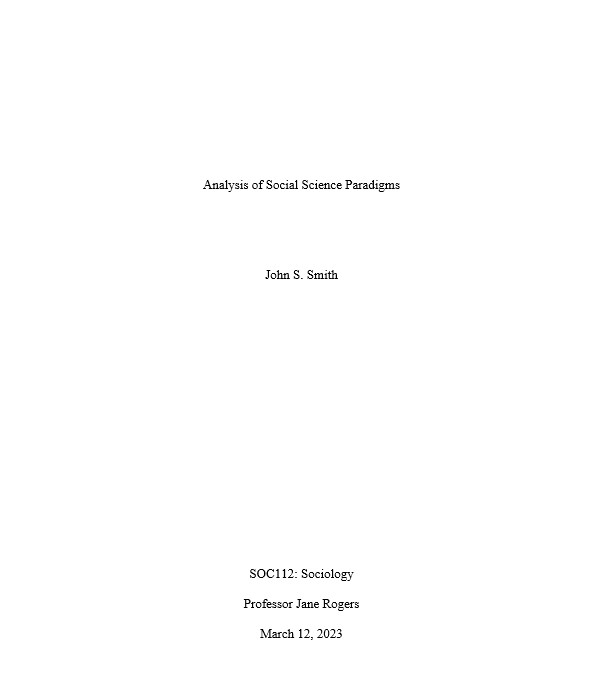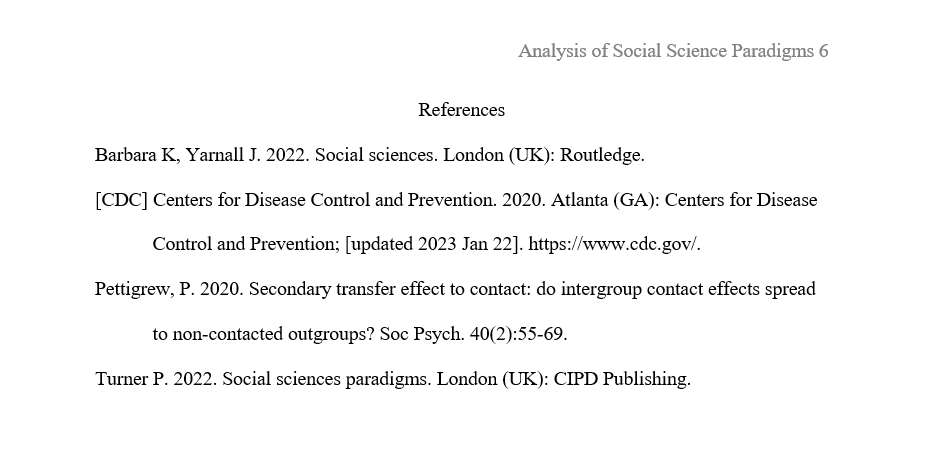CSE Citation Style Guide
The Council of Science Editors (CSE) citation style requires knowledge, patience, and time.
Do you have all three? Always?
Let’s think:
You may have time, but do you really want to spend it all on formatting books?
Are you sure that you’ll have enough patience to make it all flawless?
Finally:
Are you sure that you have enough competence?
We understand that it cannot be easy to format paper according to CSE guidelines.
That’s exactly why Custom-writing.org experts have created our guide — quick and easy to use collection of samples of citations.
Literally, this is your golden mine — just choose the exact type of source you have to cite and it’s done! You will see the perfect citation example. Download it in .docx format so that formatting will not be changed, insert information from your sources – and enjoy results.
Ninth Edition
CSE citation style encompasses three systems of sources’ documentation: citation-name, citation-sequence, and name-year. In all three systems, a reference list is provided at the end of the paper, and it includes all necessary information for the reader to easily track down the sources used during research. In-text references should be included in the body of the paper to show what exact sources support the claims made by the author. In-text references can be included anywhere in the sentence.
Name-Year Vs Citation-Name and Citation-Sequence
To successfully use CSE in writing, it is crucial to differentiate between the three systems mentioned above. The name-year system:
- uses the author’s surname and the publication year within the text to account for the references listed at the end of the paper, e.g., (Smith 2023);
- end references are listed in alphabetical order and then by date.
Citation-sequence system is quite different from name-year since it:
- uses superscript numbers instead of in-text citations in order to refer to the references listed at the end of the paper;
- end references are listed in the order in which they have been first used in the text (in-text citation 1 is associated with the first source used in your text and the first source in references);
- subsequent citations of the already-mentioned resource are used with the same number as the first time for better navigation across the paper.
Citation-name system is similar to citation-sequence:
- it also uses superscript numbers instead of in-text citations for referring to the sources listed at the end of the paper;
- subsequent citations use the same number to which they were assigned previously (e.g., “12. Smith AA” in references matches 12 in the text even if it is the first citation);
- references are listed alphabetically (the work authored by Aubrey is number 1, Brick is number 2, and so on).
General CSE Guidelines
When formatting a paper according to the CSE referencing style, remember to:
- type the paper;
- use double-spacing;
- set the margins to 1″ (2.54 cm) around the document;
- set the paper size to 8.5″ x 11″;
- use Times New Roman or Arial if not stated otherwise by your instructor;
- use 12 pt. font;
- include a header with a full or an abbreviated title of your paper and a page number at the top of each page (flash both of them right).
- N.B. The title page in CSE format has neither header nor page number.
CSE formatted document has four main parts including:
- Title page
- Abstract
- Body
- Reference List
Title Page
CSE format does not require specific rules to be followed; however, there are several guidelines to consider.
- the title of the paper should be centered and placed one-third of the way down;
- the name of the document’s author comes after the title (several lines down);
- the name of the course and the date when the paper was compiled are put several spaces down;
- double space the title page as well as the entire paper;
- delineate the title page from the rest of the document using “section break” or “page break” function.
- do not insert headers or page numbers.
As CSE style does not have any specific requirements regarding title page formatting, add any alternative information as specified by your instructor.
If no title page is required, include:
- document’s title;
- your name;
- and the course at the top of page (each item is on a separate line and centered);
- capitalize all the words excluding prepositions, conjunctions, and articles;
- put the first heading on the next line in upper case letters.

Abstract
Start the abstract on a new page and indent the first line of text with one inch. You should insert a header with a short version of the title and a page number starting with 2, both flash right. Put the word “ABSTRACT” in the middle of the first line. The abstract should contain the summary of the entire paper and cover all the main ideas of your text. Include only the most significant information excluding details. The abstract is to be 130-180 words, double-spaced, and one paragraph long. If keywords are required, put them after the text.
N.B. Do not delineate the abstract from the body of the paper with “page break” or additional spacing!
Body
Start the body of the paper right after the “abstract” part. Put “INTRODUCTION” in the center of the line and indent the text. Remember to indent each new paragraph with 0.5 inch. Separate different logical parts with headings and subheadings. Do not use extra spaces for new sections of text. Examples of different-leveled headings are as follows:
Level One: Centered, Boldface, Uppercase, and Lowercase Heading
Level Two: Left-aligned, Boldface, Uppercase, and Lowercase Heading
Level Three: Left-aligned, Plain, Italicized, Uppercase, and Lowercase Heading
N.B. Start “References” after the body with the new page using the “page break” function.

General Structure of Citations
Before deciding on which CSE system to choose for your writing, it is important to find out what style the instructor prefers.
Reference List
In general, the sequence for listing information for each reference in the name-year system is the following:
Author(s) name(s) – publication year – title – additional items.
The sequence for listing information for each reference in the citation-sequence and citation-name systems is the following:
Author(s) name(s) – title – additional information (including the publication year).
- Throughout all systems used in CSE style, no commas are used for offsetting the last name of the author from his or her initials, no spaces are put between the initials (e.g. White SL), and periods are not used with initials.
- Titles of periodicals are capitalized as they are capitalized in their original citation; titles of articles and books include only first capitalized words or proper nouns and abbreviations which are always capitalized.
- Include all names of the authors if a source has up to ten of them. If a source has more than ten authors, list the first ten and then put a comma and “et al” to indicate that there are other authors.
- List the works by the same author in chronological order (from old to new).
- Do not use italics, do not underline the titles of journals or books, do not put the name of the article in quotation marks.
- If an organization or a group is the author of a source, abbreviate the name and put it in square brackets to use in the text. E.g., [CDC] Centers for Disease Control and Prevention.
- The titles of journals that consist of more than one word should be abbreviated (omit prepositions, articles, etc.). Do not use apostrophes, but do capitalize every abbreviated word, e.g. Am J Psych, Sci Am, N Engl J Med.
- If a publication date is not available, write [date unknown]. With electronic publications, use the dates when the versions were updated.
- In cases when there is more than one city of publication, use the first one that is listed.
- For journals/magazines/newspapers/book chapters, include page ranges. Example for articles: 145-148. For book chapters, use “p.”, e.g. (p. 78-82).

Citation-Sequence System: Key Examples
Book
List entry: 1. Eyal NG, Hoover R. How to build habit-forming products. Penguin; 2024.
In-text: Companies are currently struggling with creating valuable and memorable products that customers will use on a daily basis1.
Multiple citations in one sentence
List entry: 1. Eyal NG, Hoover R. How to build habit-forming products. Penguin; 2024.
2. Johnson TJ, Geron AC. Adsorption of ammonia on activated carbons. J Colloid Interface Sci. 2022;338(2):329-345.
In-text: Despite the fact that information techniques are currently on the rise2, some brands have not yet discovered how they can use IT to their advantage1.
Citing the same resource in different sentences
List entry: 6. Smith K. Fast pace of modern technologies. J Am Mar. 2023;57(11): 551-559.
In-text: The twenty first century has truly changed the pace of our lives6. Despite the fact that our life expectancy has grown in comparison with the twentieth century and modern technologies help us battle many illnesses, our daily lives are overloaded with tasks and events 6,8.
Name-Year System: In-text Citations
- Make sure that every in-text citation used in the text corresponds to an entry in the list of references.
- In parenthetical references, there is no need for a comma between the author’s surname and the publication year, e.g. (Jones 2022).
- If the author is unknown, include one or a few words of the title for the identification of the source and follow it by an ellipsis, e.g. (Teaching English … 2023).
- If there are two authors, include both last names and separate them with “and” NOT “&”, e.g. (Richards and Gregson 2020).
- For more than two authors, include the first surname and follow it by “et al”, e.g. (Holmes et al 2021).
- If there are different authors with the same surname, include their initials, e.g. (Klein LB 2020; Klein BL 2022).
- Use quotation marks for direct citations and state the name of the author either when introducing the quotation or in the in-text reference. Add a page number. E.g., According to research, “taking a strategic view across the organization is essential” (Turner 2022, p. 56). OR According to Turner (2022, p. 56), “taking a strategic view across the organization is essential.”